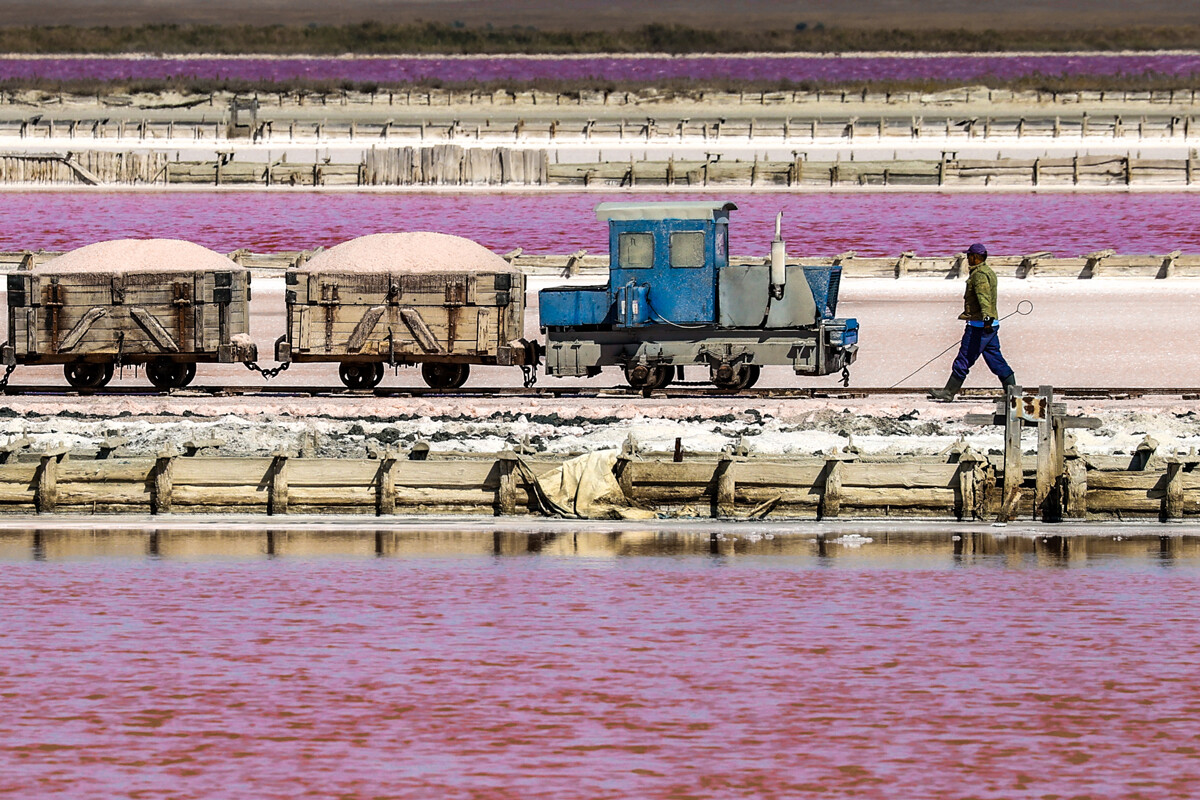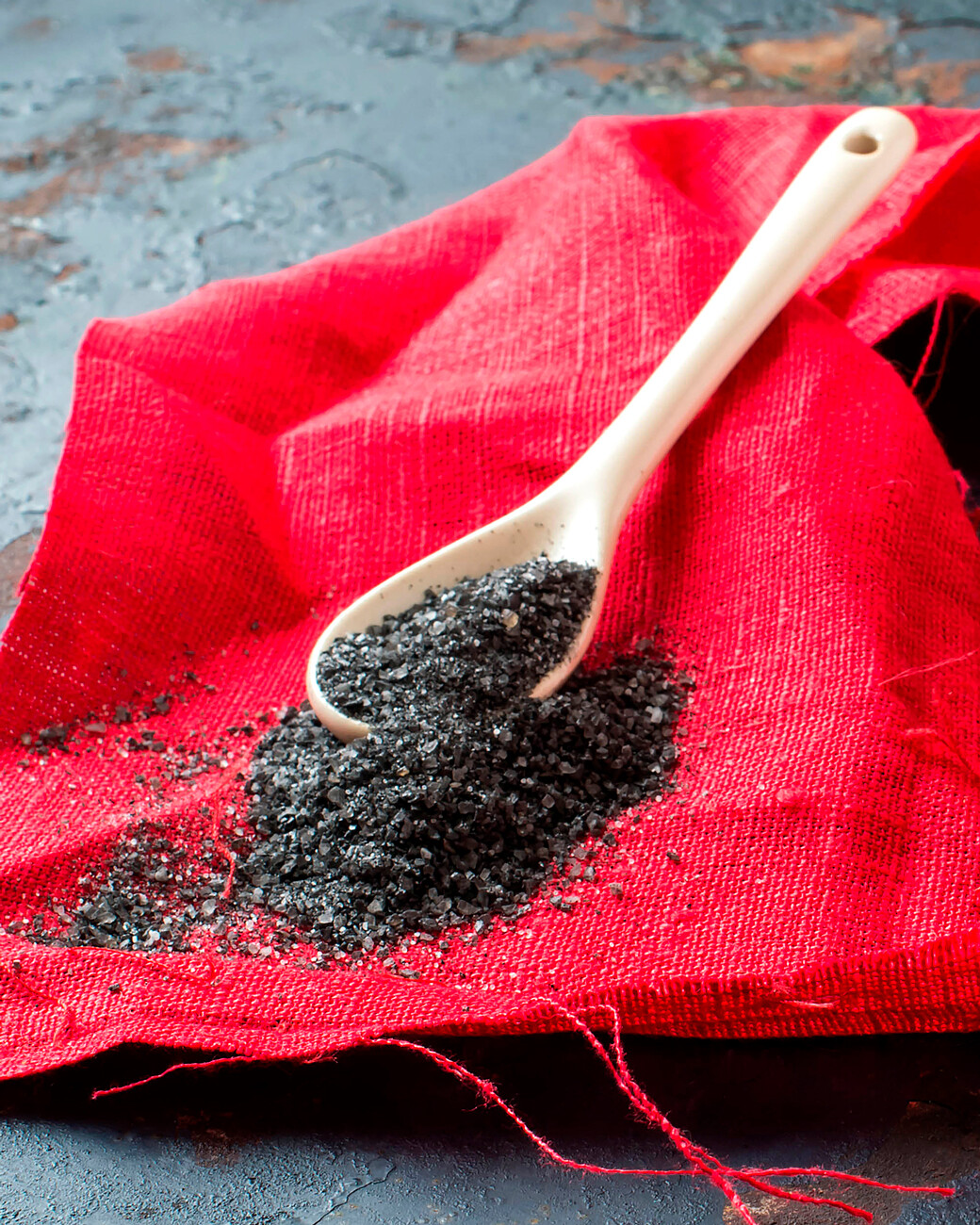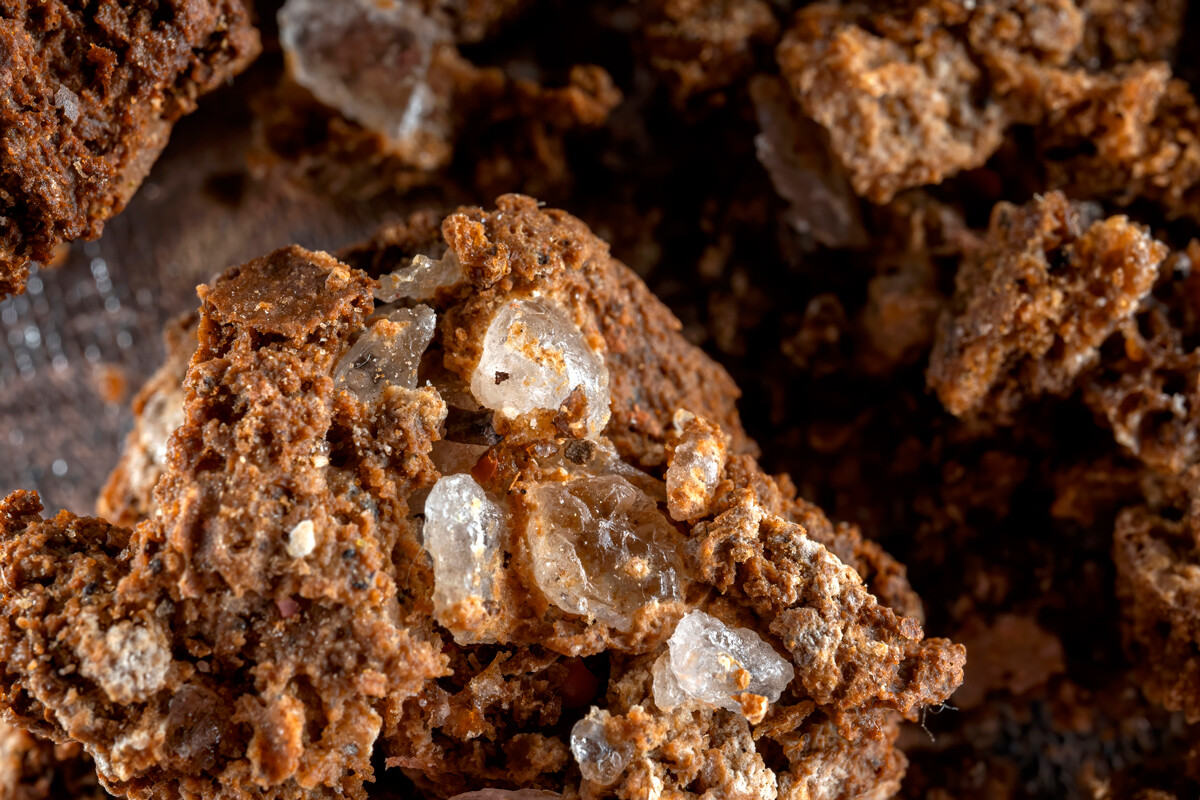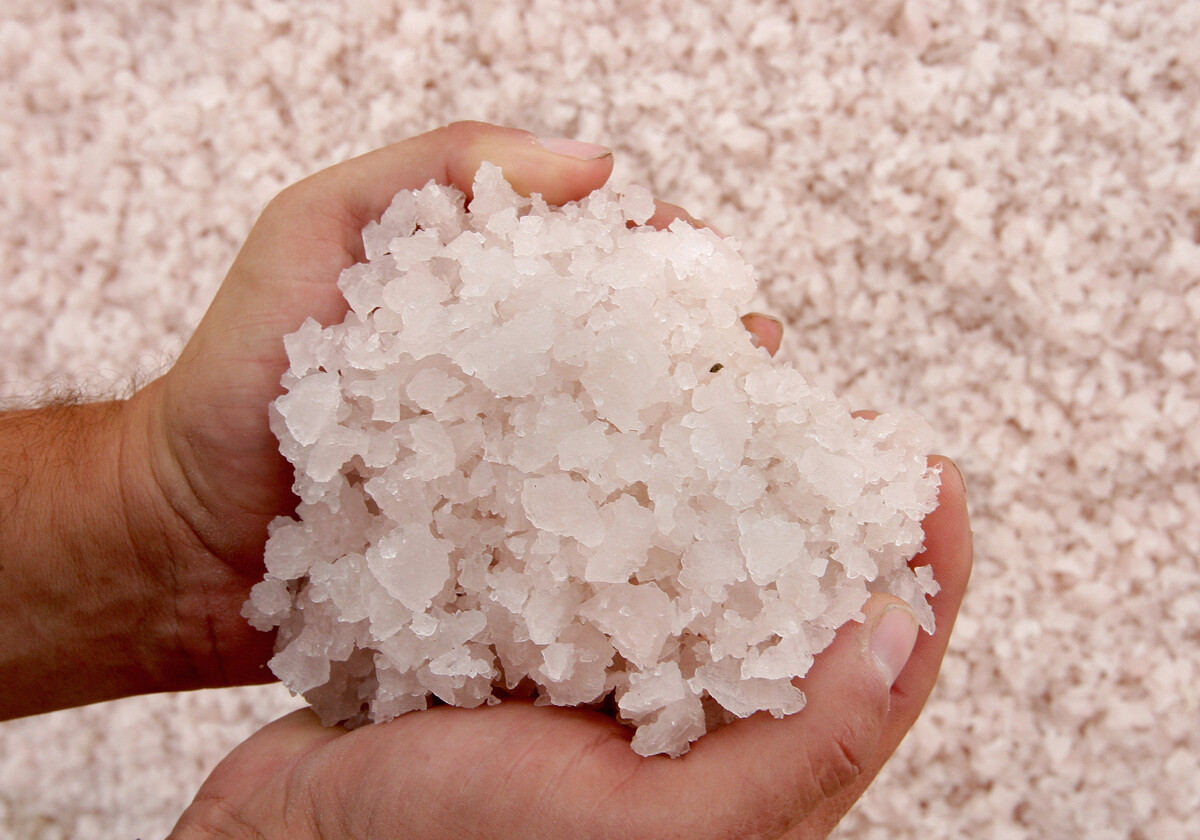
Today, salt is one of the most common ingredients for cooking, but this wasn’t always the case. In fact, centuries ago it used to be among the rarest and most coveted items on earth.
While most people are content with the usual salt sold in stores, in fact there’s an entire world of exotic types of salt, which is something that fascinates culinary gourmets across the globe. And Russia is no exception. “Salt satisfies people’s creative urges in cooking,” says salt sommelier (selmelier) Yuri Keselman.
He compares the gourmet’s kitchen to an ‘alchemist’s lab’, with salt as one of its key and most crucial ingredients. For example, there is a type of salt that emanates the aroma of alder wood or cherry wood on which it was smoked. Another type of salt features Caucasian motifs with a strong garlic aftertaste. “Each dish requires its own type of salt,” the salt sommelier believes.

Salt sommelier Yuri Keselman.
Personal archiveIn 2012, from all around the world, Keselman began to bring geographically exclusive types of salt to Russia for sale. At that time, his portfolio featured about 60 types of salt. In 2016, however, Russia introduced an embargo on the import of salt from EU countries, the U.S., Canada, Australia, and other countries. This became a stimulus for the Russian salt industry to develop. Salt experts say this was the right moment to focus on Russia’s own salt production.
More than eight million tons of salt are extracted in Russia annually (2022 data). The largest salt deposits are: Iletskoye (the Orenburg Region), Tyretskoye (the Irkutsk Region), Baskunchakskoye (the Astrakhan Region), Verkhnekamskoye (the Perm Territory), Eltonskoye (the Volgograd Region), and Burlinskoye (the Altai Territory).

Sakskoye Lake in Crimea where pink salt is extracted.
Sergei Malgavko/TASSRussia has some geographically exclusive types of salt that don’t exist anywhere else in the world. Those are, for example, Crimean pink salt and Altai salt, as well as Dagestani salt from the village of Kvanxidatl.
Together with Yuri Keselman the salt sommelier we chose three types of Russian salt from the portfolio of his company SaltLab, and discussed what foods they are best to eat with.

The recipe for black salt is one of the oldest, and it first emerged at a time when salt and its milling process were expensive operations. People came up with a way to avoid milling and lower the price of the final product. They mixed the salt with rye flour (or with crumbed bread or kvass solids), wrapped it in a cut of linen cloth, and baked it in an oven over coals for seven hours. The salt turned out crumbly, fine, black, and it acquired the aftertaste of a boiled egg.
In the week before Easter, salt is prepared in this manner on Maundy Thursday (known as Clean Thursday in Russia because it’s a tradition to clean one’s house on that day, as well as to ‘clean’ one’s soul and body), and then have it blessed in a church. That's why this salt is called “Thursday salt”. Today, black salt is produced all over Central Russia, but the most famous variety is made in the Kostroma Region. It works well in dishes with potatoes, eggs, and meat, and it also can be used as dinner table salt – what you use to enhance the flavor of your dish during a meal.

This variety also emerged centuries ago when salt was expensive. To reduce the amount of salt consumed, people came up with the idea to enhance its volume and flavor by adding spices. This aromatic salt with a mix of spices and garlic goes well with roasted meat and potatoes, as well as with a fresh vegetable salad and hearty hot soup.

This fully natural product is extracted at Sakskoye Lake in Crimea. Due to its unique mineral composition and local colonies of micro-algae, the lake’s water has a saturated pink color. The freshly collected salt is also pink, hence its name. The extraction process requires precipitation from concentrated brine in special pools. The salt crystals preserve much of their nutrients, so it’s used both in gastronomy and for cosmetic purposes. Crimean salt has a light scent of the sea, and it works well when making marinades and fried dishes.
Dear readers,
Our website and social media accounts are under threat of being restricted or banned, due to the current circumstances. So, to keep up with our latest content, simply do the following:
Subscribe to our Telegram channels: Russia Beyond and The Russian Kitchen
Subscribe to our weekly email newsletter
Enable push notifications on our website
Install a VPN service on your computer and/or phone to have access to our website, even if it is blocked in your country
If using any of Russia Beyond's content, partly or in full, always provide an active hyperlink to the original material.
Subscribe
to our newsletter!
Get the week's best stories straight to your inbox